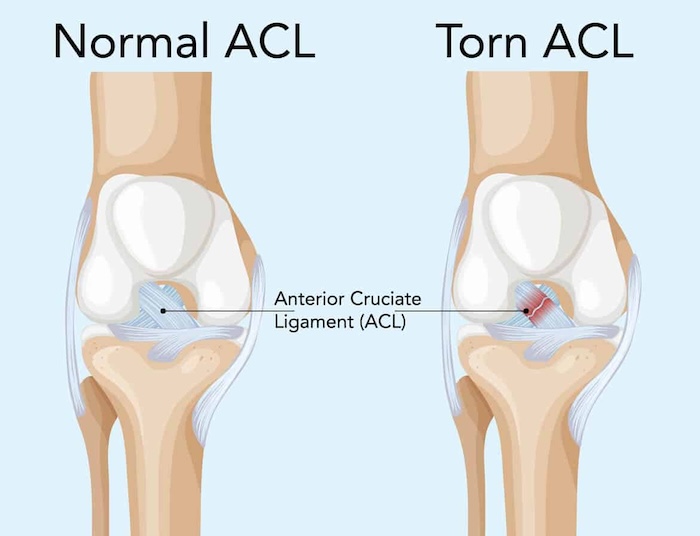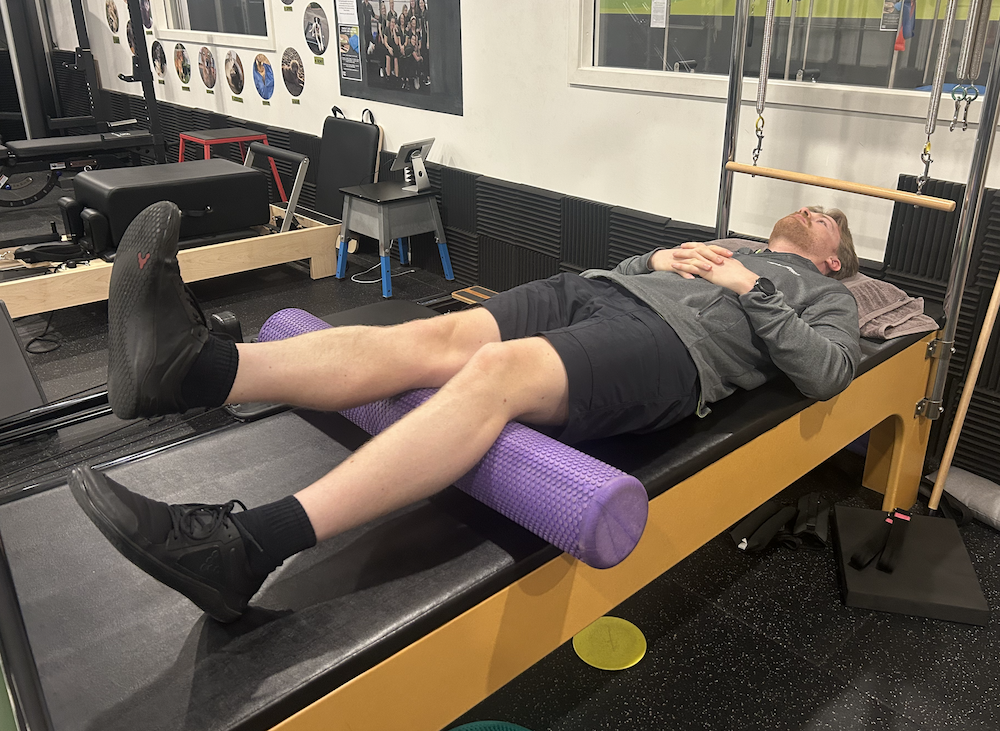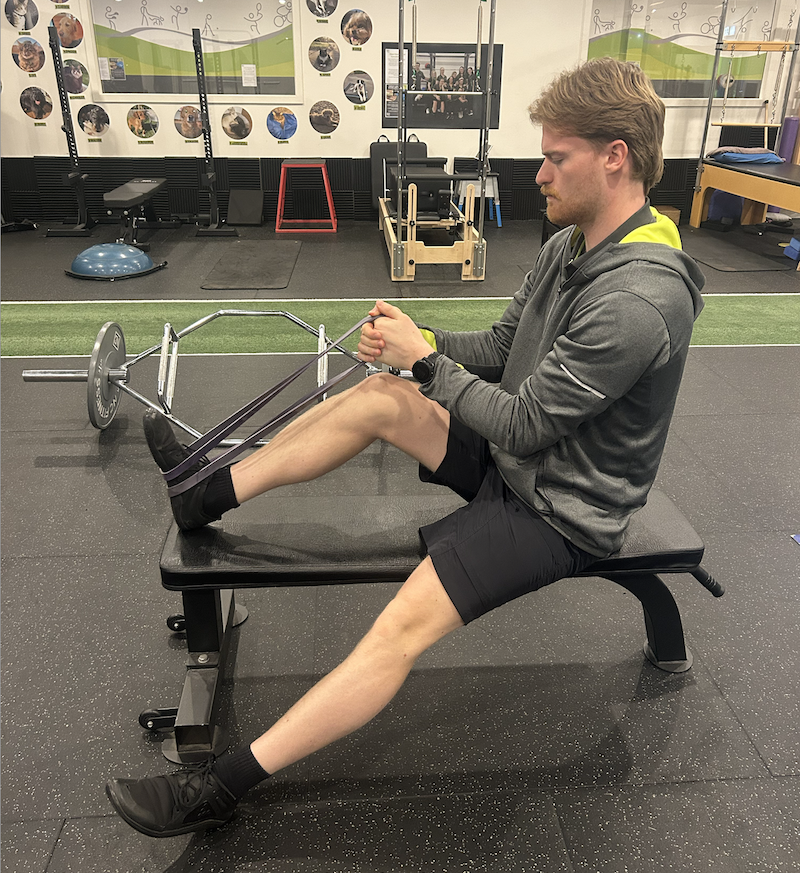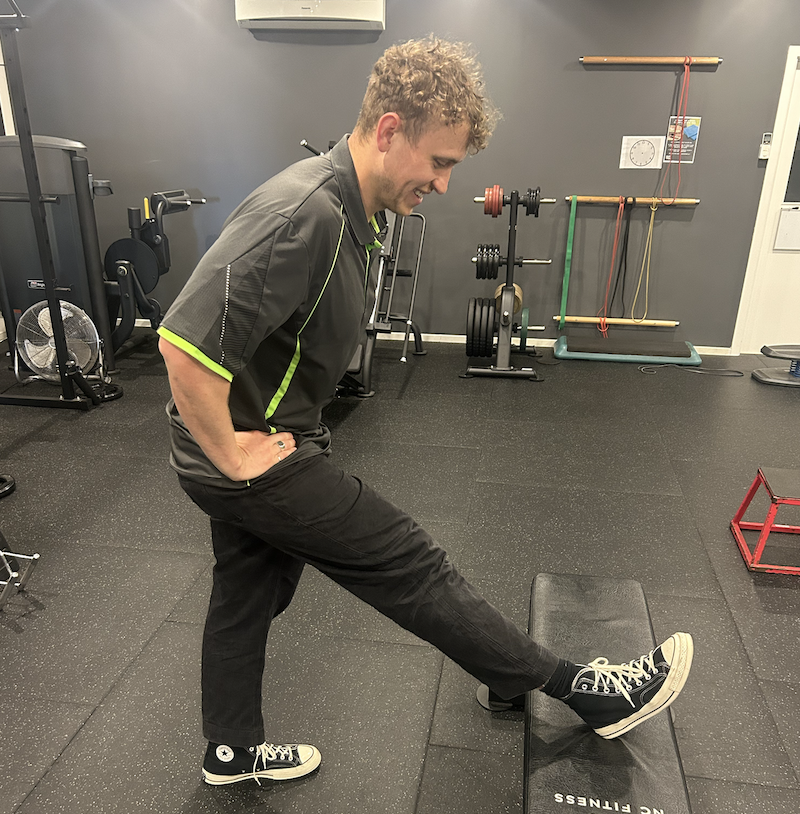What does the first month post ACL surgery look like?
Having an ACL injury that requires reconstruction can leave you feeling a bit nervous for what’s to come.
You may have heard it in the media talked about in your favourite sports leagues and teams, but what does this mean for your recovery? In this blog post we will cover what to expect in your first month on the road to recovery.
Immediately after surgery: The first 24-48 hours
Waking up from surgery will be disorienting. ACL surgeries can take up to 2.5 hours to complete, meaning they will have used a decent amount of general anesthesia to keep you under. This could make you feel groggy and nauseous. Your leg will potentially be numb from a nerve block, resulting in your leg feeling heavy to move.
Basic exercises will start right away in the recovery lounge where they will give you juice or an icy pole (yum) and get your ankle moving to promote circulation. They will give you a pair of crutches to keep your knee stable and depending on the type of surgery, give you a knee brace to protect your knee. Your surgeon will give you details as to if you will stay overnight in the hospital.
Rest, Ice, Compression and Elevation (RICE) will be your friend for this stage to help reduce pain and discomfort from excessive swelling. Resting should be done with your knee straight, even with a towel or pillow underneath the heel to assist the extension of the knee and gentle range of motion should be introduced to get the knee moving into more flexion too. If you notice redness, excessive swelling or pain in your calf you should contact your doctor as this could be signs of complications after surgery.

The first week: Managing pain and building the foundations
This week can set up the rest of your rehab journey. Swelling and bruising are normal and will be at their worst 3-5 days after surgery. You may feel a throbbing discomfort, warmth or tightness with limited knee bending (flexion).
You’ll be able to start weight-bearing as tolerated, but with crutches to protect the graft.
Physiotherapy can start this week with focus on:
- Reducing swelling
- Restoring patellar mobility
- Quad activation
- Range of motion
Goals here include achieving full knee extension, and 90 degrees of flexion. This can be tough, but can set you up well for the coming weeks if done correctly.
Best advice: Stay hydrated, eat good nutrient dense foods high in protein and get plenty of rest to give your body the best chance of recovering well.

Heel Prop with foam roller (or towel) placed under the heel or lower calf
Progressing mobility and strength: Weeks 2-4
By week 2, swelling should be getting better. Crutches might be phased out paired with some walking training to make sure your gait technique is safe and effective but this can vary depending on the type of surgery you receive, any questions for this we recommend you direct to your surgeon on follow up appointments or early on to get an idea of expectations.
Physiotherapy ramps up in this phase to focus on:
- Maintaining full extension while gradually improving flexion to match your non-surgical side.
- Strengthening: Targeting quads, calves, hamstrings and hips to build up the capacity of your limb and make day to day activities easier.
- Balance work: Standing balance for stability and regaining proprioception (how your body knows where it is in a given position)
- Stretches: Preventing tightness buildup in the calves, quads and hamstrings.
This phase of recovery shouldn’t be painful, a little bit of achiness is to be expected after exercise but any moderate to high levels of pain should be avoided because this can make your quads “switch-off” and stop working for you.

Seated knee extension with resistance band
To summarise
The first month post-ACL surgery sets the tone for the next 9-18 months. With diligent physiotherapy, most patients regain confidence and function, returning to sports or other normal daily activities stronger than what they started.
If you’re navigating this, know that patience pays off and to stick with it! Consult your healthcare team for more tailored guidance and advice, and if you’re in the area, reach out for a consultation with one of our expert Physiotherapists. Here’s to your comeback!
This blog was written by Brandon Griffiths, Physiotherapist at Physio & Fitness Clinic, B AppSci / Master of Physiotherapy Practice – La Trobe University.
Brandon has experience across ankles, knees, hips, spine, and sports rehabilitation. With a background in strength & conditioning, he combines hands-on treatment with exercise prescription to help people move better and recover with confidence.

Light hamstring stretching can be introduced once range of motion is near normal
Take the first step toward your rehab journey
Give your ACL the best chance of recovery. Book in for a session and be paired with one of our Physiotherapists to get started!
Here at Physio and Fitness Clinic, we can assist you with your rehabilitation. Make an appointment with a physio today.
